
Expressing & Handling Emotions
Use these activities to help children express and manage strong feelings.
Here are some ways to help kids express and manage their feelings.
- Talk with kids about clues in their bodies that help tell the difference between comfortable and uncomfortable feelings. For instance, if a child is angry or nervous, they may feel warm; if they feel excited, they may want to jump up and down. Tuning in to their bodies can help kids identify their own feelings.
- Demonstrate how taking slow, deep breaths can help manage overwhelming feelings and help kids calm themselves down a little.
- Read a book together and talk about the characters’ feelings (“Alex is covering his eyes and clinging to his dad. How do you think he feels?” or “It looks like Alex feels afraid. Do you remember feeling afraid of the dark?”) Point out that everyone experiences emotions differently.
- Validate kids’ feelings. Let them know it’s okay to have more than one feeling at the same time, and these feelings may come and go. Brainstorm plans to comfort them when they have difficult feelings, such as carrying comfort objects or keeping a family photo in their pockets.

The Power of Following Children’s Lead
Joining children in their play offers so many opportunities to encourage, communicate, bond, spark and share joy, teach, show warmth and kindness, and help them thrive.
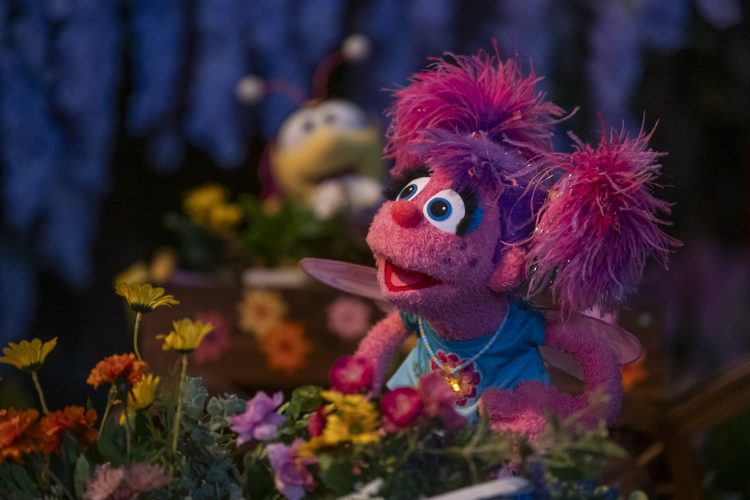
Watch and Play: Abby's Magical Beasties
Watch this episode and explore ways to extend the learning at home.
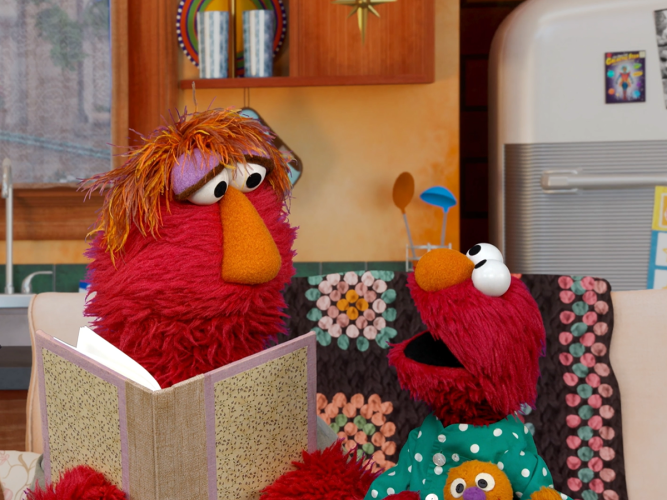
Go To Sleep, Elmo!
Handling a middle-of-the-night monster moment.
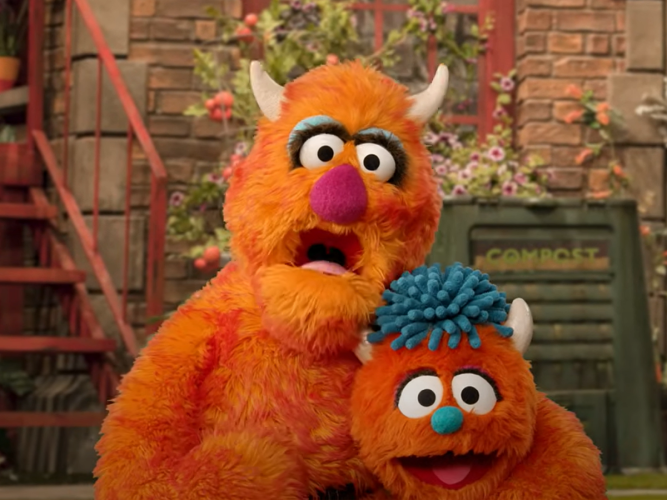
Monster Meltdown
Meltdowns happen… but they are somewhat predictable! As you try to handle them, curiosity and patience go a long way.
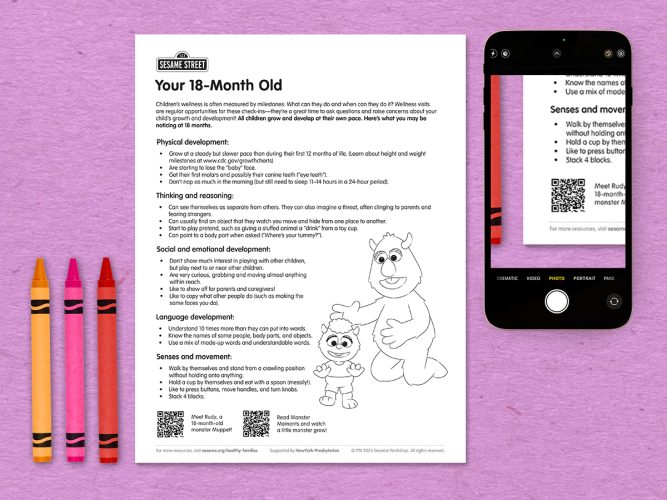
Milestones: Your 18-Month Old
All children grow and develop at their own pace; use this chart to guide your expectations and observations so you can talk to your child’s pediatrician about questions or concerns.
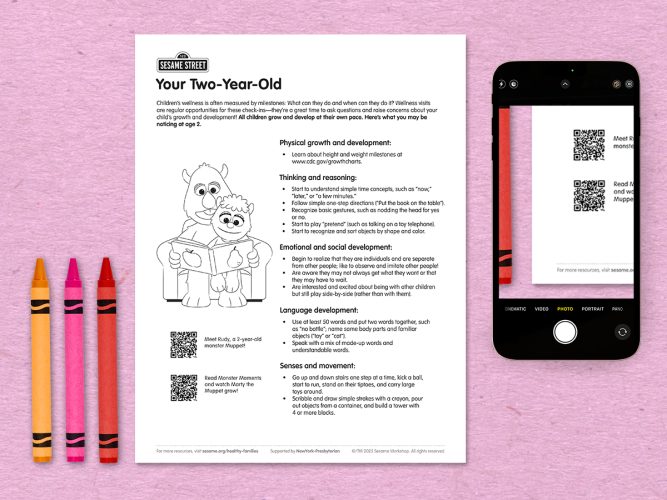
Milestones: Your Two-Year-Old
All children grow and develop at their own pace; use this chart to guide your expectations and observations so you can talk to your child’s pediatrician about questions or concerns.
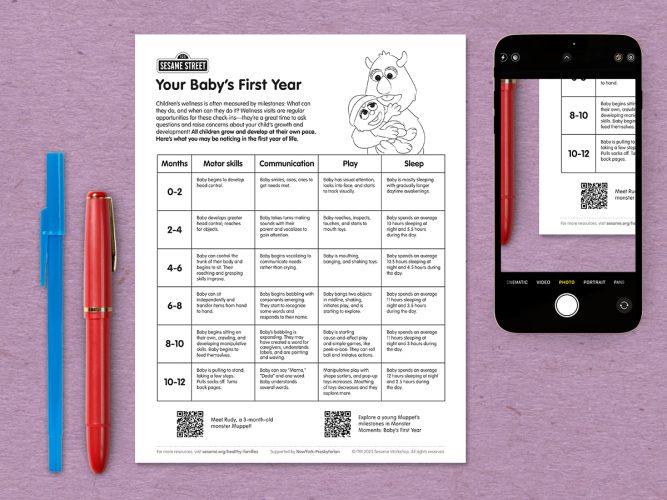
Milestones: Your Baby’s First Year
All children grow and develop at their own pace; use this chart to guide your expectations and observations so you can talk to your child’s pediatrician about questions or concerns.
